Steph W. from SEOPressor


...help you check your website and tell you exactly how to rank higher?


74
score %
SEO Score

Found us from search engine?
We rank high, you can too.
SEOPressor helps you to optimize your on-page SEO for higher & improved search ranking.
By allysa on June 4, 2015
Link building should be an important part of your SEO strategy. While link building basically involves gaining link juice by being linked to from other websites, there is a bit more involved in the strategy than just that.
And because Google puts a lot of emphasis on the quality of your links, it’s vital that you perform a thorough backlink analysis on a regular basis.
Such analysis will help you to analyze incoming links, evaluate the quality of those links, monitor your keyword ranking performance, as well as give you a full report on your no-follow status and your links’ anchor text.
In fact, the anchor text that you use throughout your website is a vital part of your link building strategy and shouldn’t be overlooked.
Anchor text is the text that you link to in order to send readers to another web page. The text you choose for the link is important because Google will use it in order to determine the subject of what you are linking to.
This is why you should use keywords as part of your anchor text since this will help to improve your keyword ranking.
The following are some of the different types of anchor text that you should be aware of, some of which you should use and some of which you should avoid using:
There are no keywords being used in these anchor text examples and Google will not be able to pick up on what you are linking to since the subject is not apparent.
Zero anchor text is when you use anchor text terms such as “click here”, “visit us here” or “read more.”


Besides zero anchor text, which should be avoided, a solid link building strategy should contain a healthy balance of all these types of anchor text.
Additionally, you should do your utmost to ensure that your website does not contain any broken links.

Broken links are links that don’t work. The last thing you want is to have broken links on your website. This is because they are harmful for three reasons.
The first thing is that they hurt your user experience. When a visitor clicks on a link, they expect to be taken to another page – the last thing they want to see is an error page or a page that doesn’t load.
Second, it could hurt your conversions. The last thing you want to do is to put all of this work into trying to convert a lead, then direct them to a landing page with a link that doesn’t work.
Last but not least, Google does not look kindly upon broken links – it signifies that you are not maintaining your website and it disrupts the link equity throughout your website, both of which will result in a lower PageRank.
You certainly don’t have the time to check every separate link on your website to see if it’s working.
The following are a few tools that you can use to find broken links:
Google Analytics – Google Analytics is a very easy way to spot broken links. Just go to Content by Title on the dashboard.
From there, you can type the title of your site’s 404 error page (which is what typically shows up if the link is broken).
Once you hit filter, it will show you the results. You can set it up so that Google Analytics sends you email alerts on a regular basis (such as once a month) that contain broken link reports and details.
Xenu – Xenu is free like Google Analytics. Xenu may be even easier to use – all you need to do after downloading the software is to go to File – Check URL and then type in your website.
Be sure to uncheck the box marked “check external links” before running the analysis.
Keep in mind that it may take a while before the report is completed.
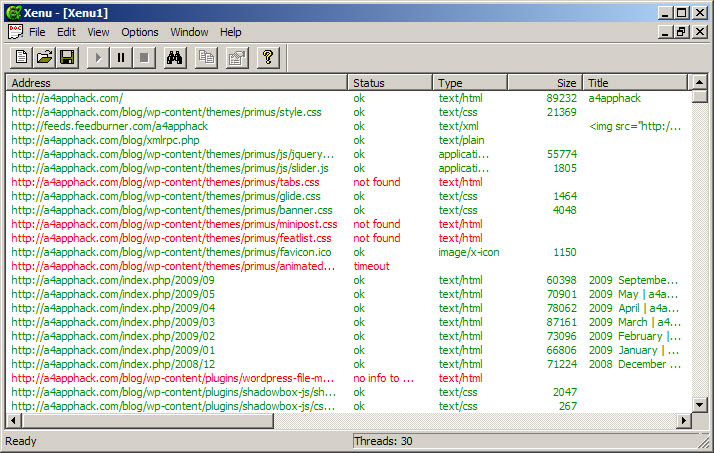
Once you’ve run a report on either Google Analytics or Xenu, you’ll want to download the report and copy the broken link, pageviews, and unique page views data into an Excel document.
This will help you figure out your next move. Not all broken links are the same – sometimes they only occur once or twice then work fine afterward.
The broken links that contain many visits are the ones that you’ll want to focus on since these are the ones that have persistent issues.
Take these links and redirect them using your content management system.
In order to ensure that you have a strong link building strategy together with a well-balanced use of some anchor texts in place, you may want to regularly scan your website for any broken links.
Brokens links may seem insignificant on the surface, but in actual fact it may cause lots of damage to your websites by affecting your search engine rankings, user experience, and hence the conversion rate.
Therefore, it is extremely important to conduct a thorough analysis on a regular basis.
Before we proceed, here are some of the best tools that can help you to do such analysis. You may want to check them out one by one.
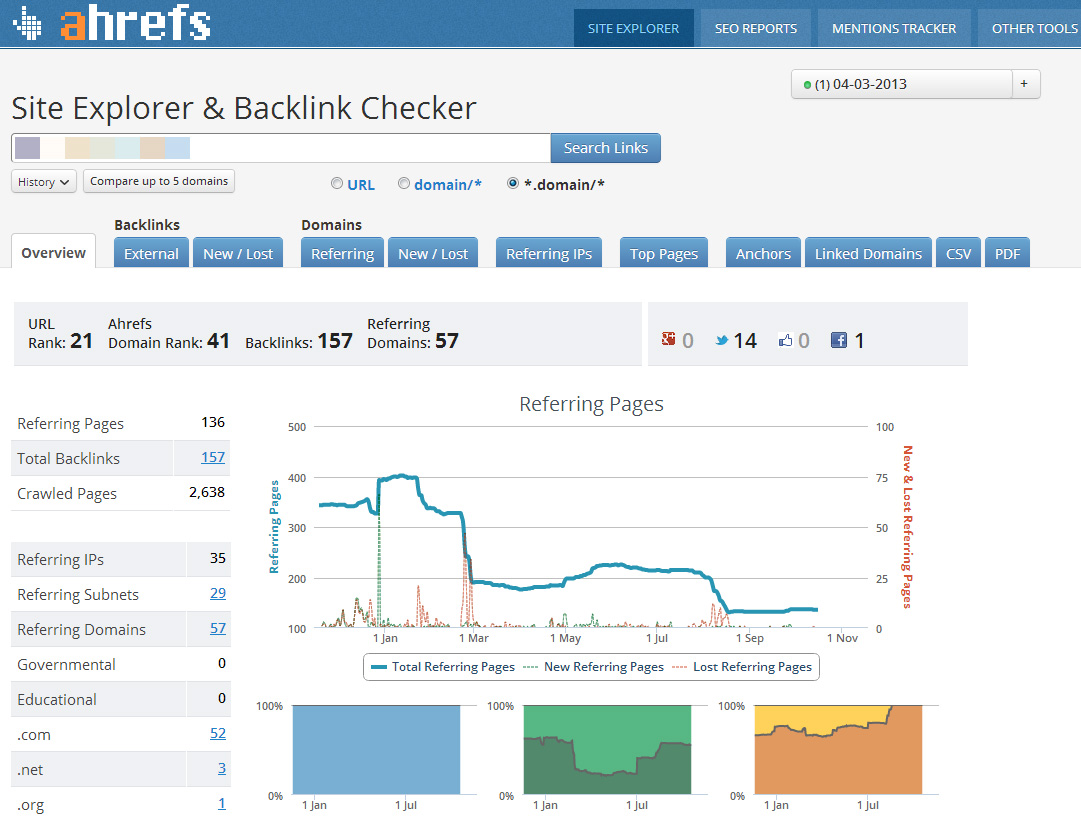
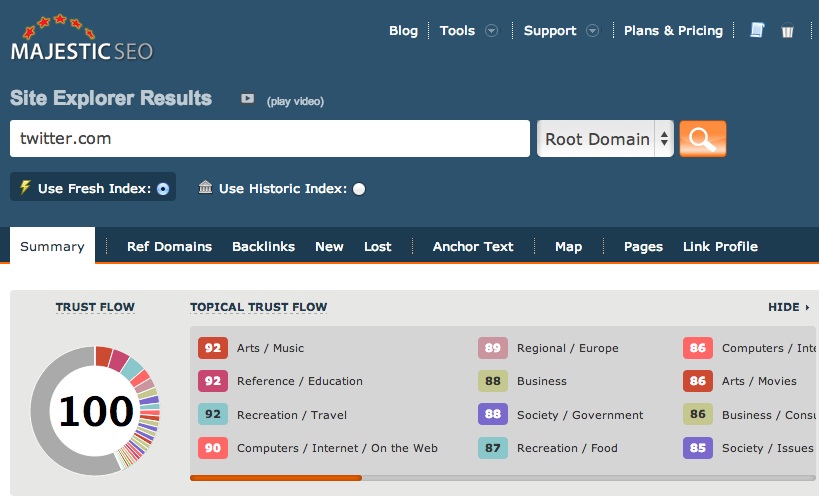
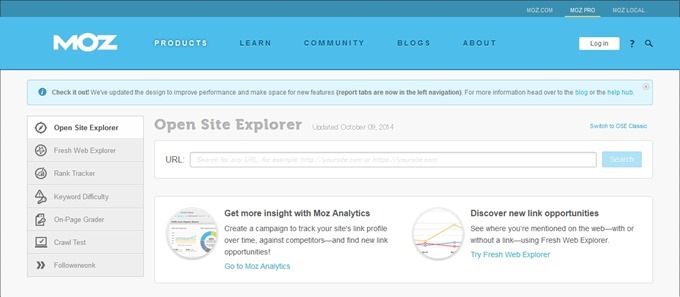

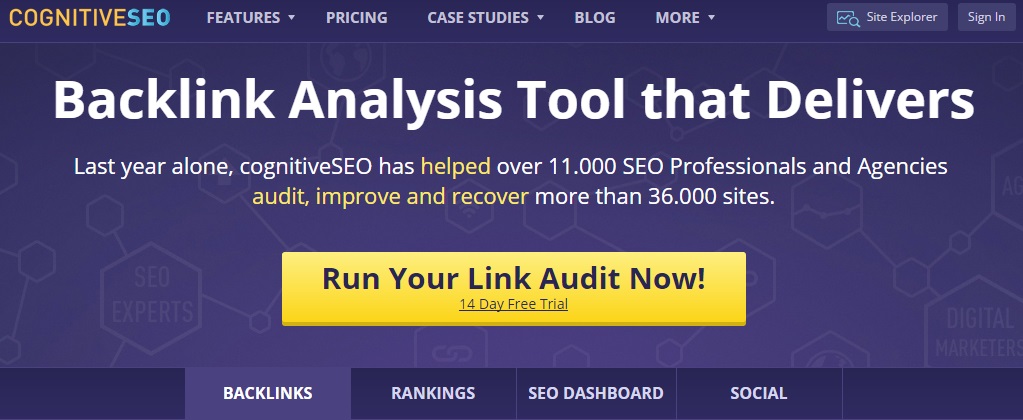
Once you’ve downloaded the tool, you’ll want to go over the following steps:
Step #1: Check your total number of links – Knowing how many external links are directed towards the pages on your website is a good way to get an idea of how competitive your website is.
However, just keep in mind that a high link count is something that isn’t difficult to obtain since there are a lot of ways to spam external links, such as through article directories, link farms, blog comments and more.

However, having tons of spammy backlinks is not something you should be aiming for, for long-term success.
Instead, it is more effective to earn and gather your links from someone who is highly authoritative and has a high authority pagerank.
Step #2: Check your number of unique domains – Once you’ve looked at your total number of links, you’ll want to check out the number of unique domains. This is usually a better metric to look at than total number of links since links from the same domain are considered to have a drop off in value.
It’s much more difficult to spam external links if they’re only being counted by unique domains, which means that this is a more accurate representation of where your external links are coming from. You want the number of unique domains to be close to the number of total links.
Don’t be scared if it’s not. Your total links will typically be way more than your unique domains, but if it’s substantially more, then your link building strategy needs some adjusting.

Step #3: Check your anchor text usage and the variance – This allows you to see which terms you are using for your anchor text. It also allows you to see if your anchor text is optimized.
One of the most important aspects of your anchor text is variance – you don’t want to use the same keywords or phrases over and over again. Diversity is important.
Step #4: Check your fresh and incoming links – This metric is helpful in judging your current link building strategies.
You can look at how many incoming links have popped up over a short period of time, such as the last month, thereby giving you a good idea of whether your link building strategy has been effective or if it has dropped off.
If you see a huge spike, such as thousands of new links a day, then you probably have an issue (unless you run a major website).
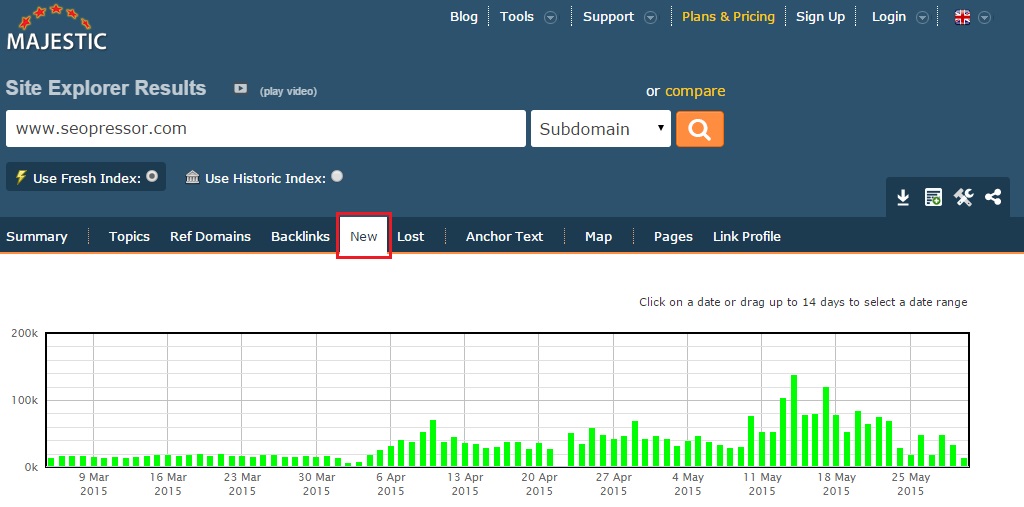
Step #5: Check your page performance – This metric breaks down every page on your website by showing you which pages have the most links. Your homepage will most likely have the most amount of links.
This metric is useful because it allows you to see which pages are performing well and which pages are performing poorly, which in turn can help you adjust your link building strategy accordingly.
Step #6: Check your link quality – This is something that you need to do manually. It won’t really take that long.
Explore some of your back links and check out relevance, the placement of the link (is it natural or forced?), the quality of the anchor text and the believability of the link.
By exploring back links and checking for these signs of quality, you’ll get a better sense of how to spot high quality links as well as a feel for how strong your link building strategy is.
One of the more effective methods is by using the Majestic SEO tool. You can use this tool to check your citation flow and trust flow metrics. Your aim is to focus on earning more quality backlinks rather than getting tons of quantity backlinks.
Therefore, keeping track of these citation and trust metrics is extremely important as they are becoming part of the ranking factors in Google.
So, what is citation flow? It is a metric designed to predict how influential a link is when pointing to a site, whereas trust flow is designed to decide how trustworthy the link is from the site.
Anyway, you should put more focus on increasing the trust flow, because at the end of the day, having one authoritative backlink pointing to your site is still worth way more than having 1000 spammy backlinks pointing back at your site. One time-tested and proven method of earning authoritative links is through guest posting.
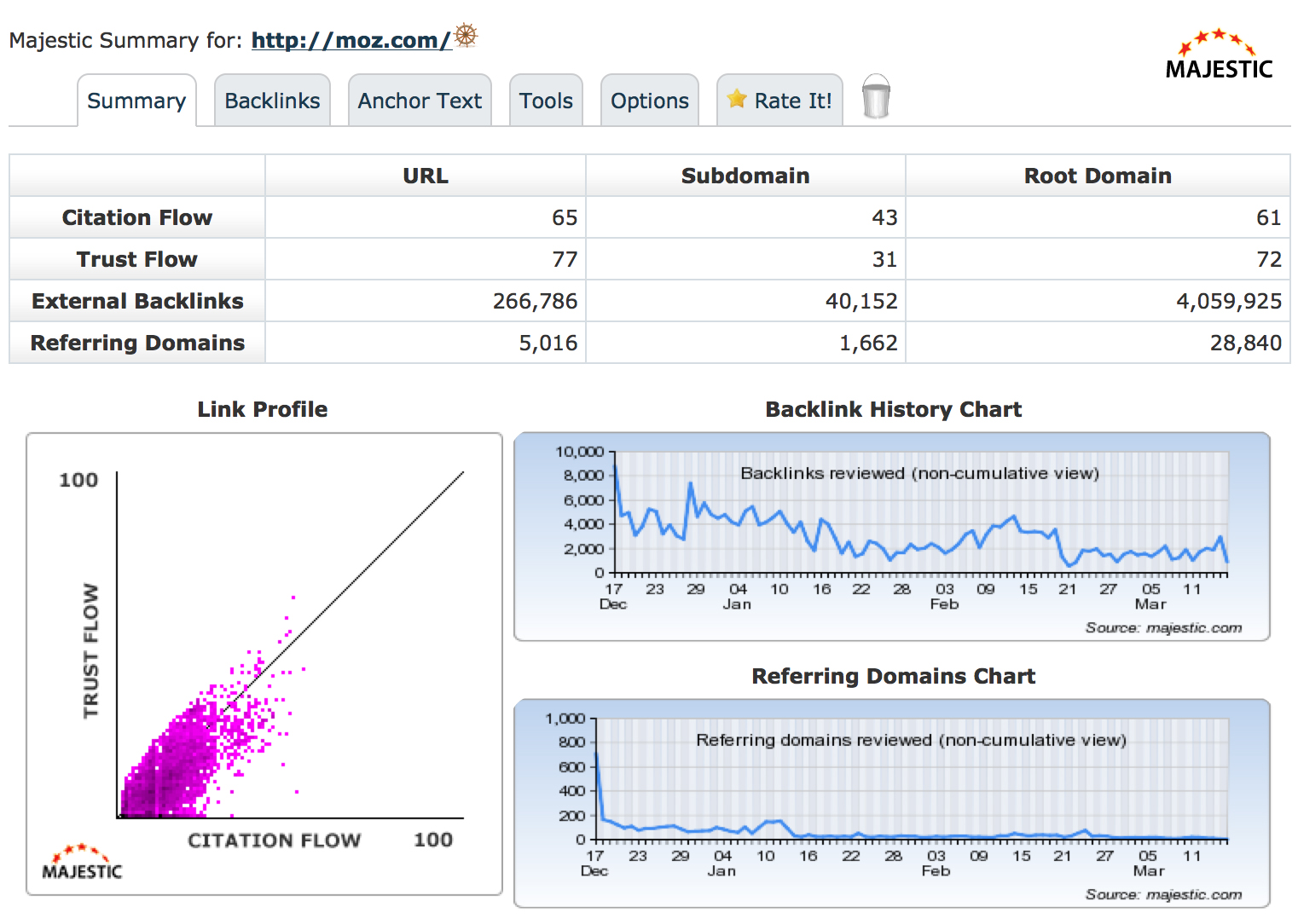
These are the steps that you should take in order to perform a thorough analysis and this should be done regularly in order to judge the performance of your link building strategy.
Related articles you might like:
[This blog post was originally written and published by Ben on June 3, 2015. It is most recently updated by Allysa on Jun 02, 2020]
Updated: 5 December 2025


Save thousands of dollars (it’s 100x cheaper)

Zero risk of Google penalty (it’s Google-approved)

Boost your rankings (proven by case studies)
Rank High With This Link Strategy
Precise, Simplified, Fast Internal Linking.
